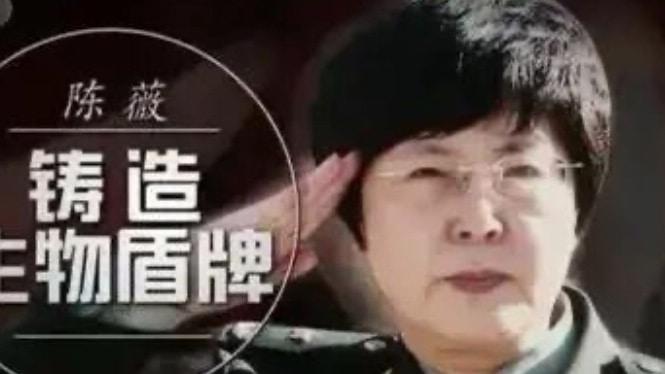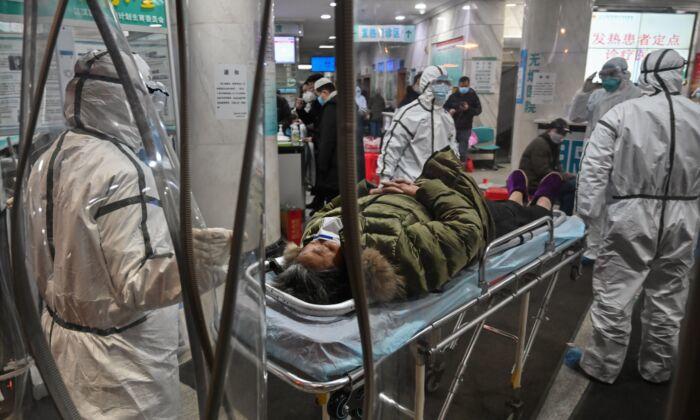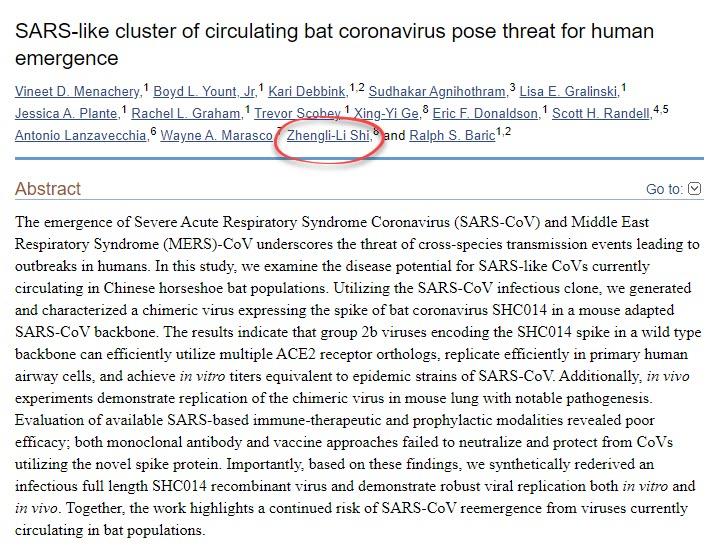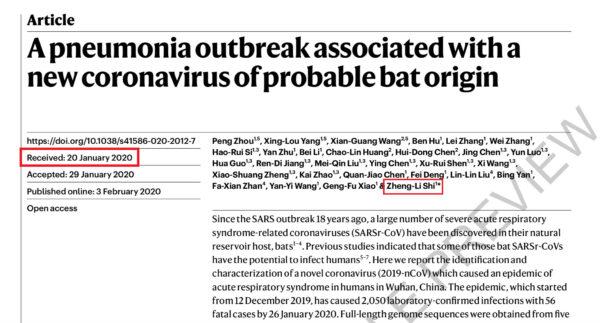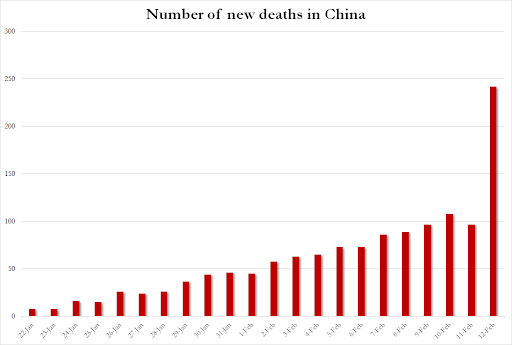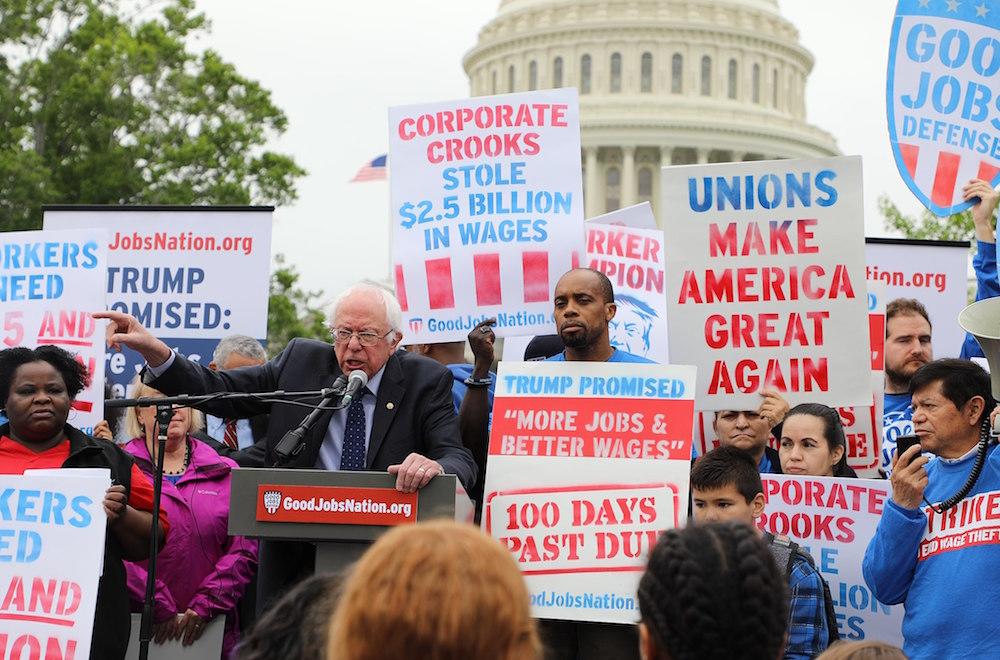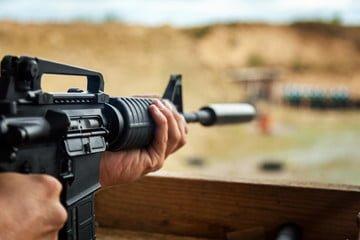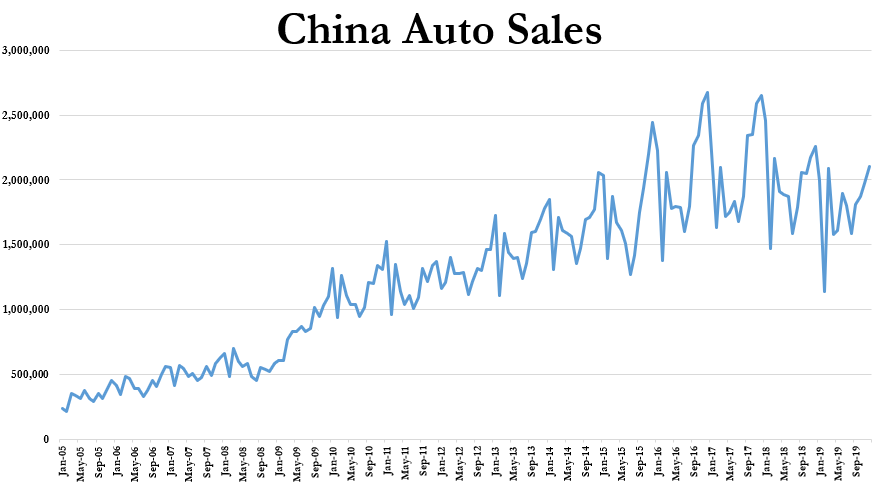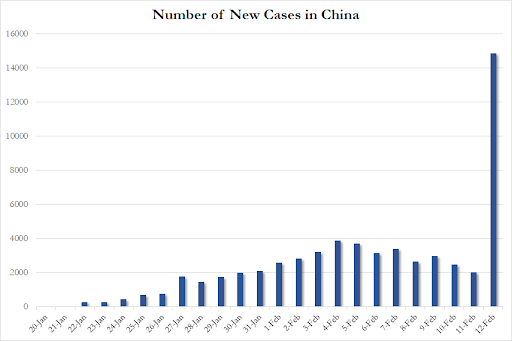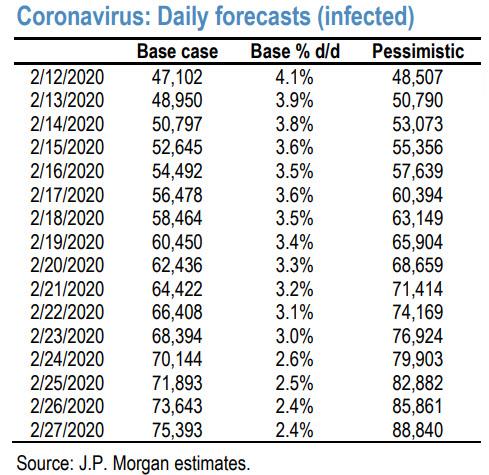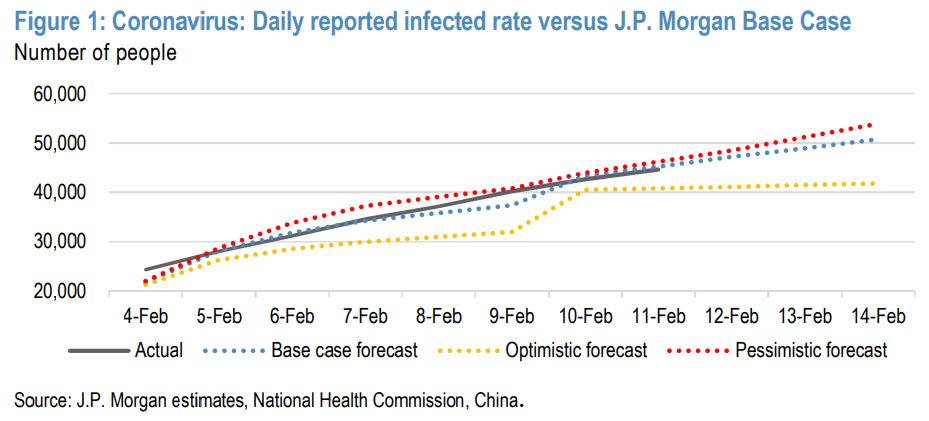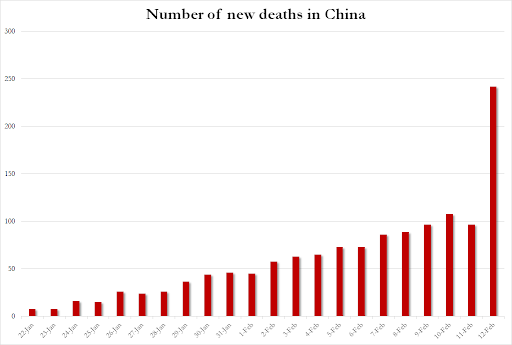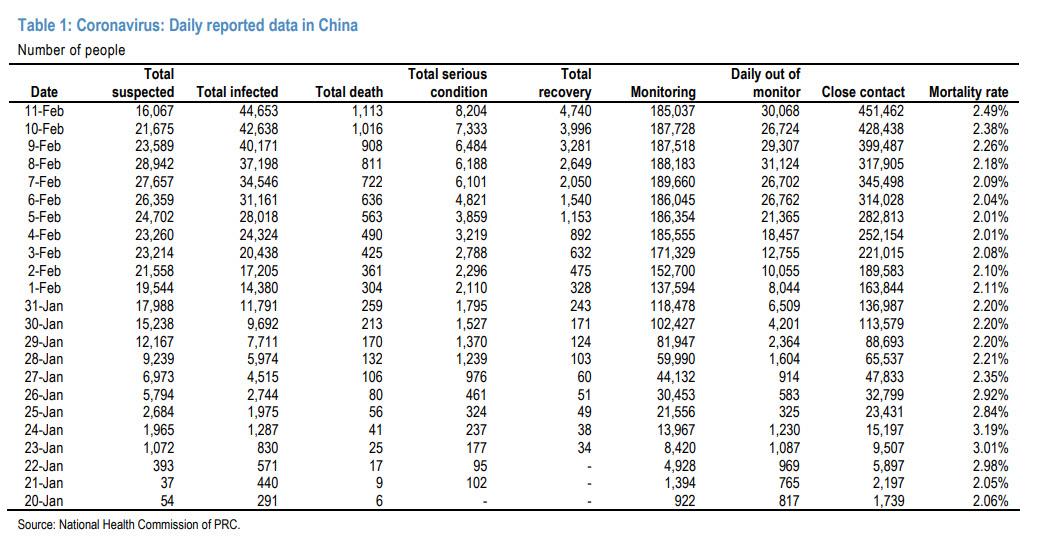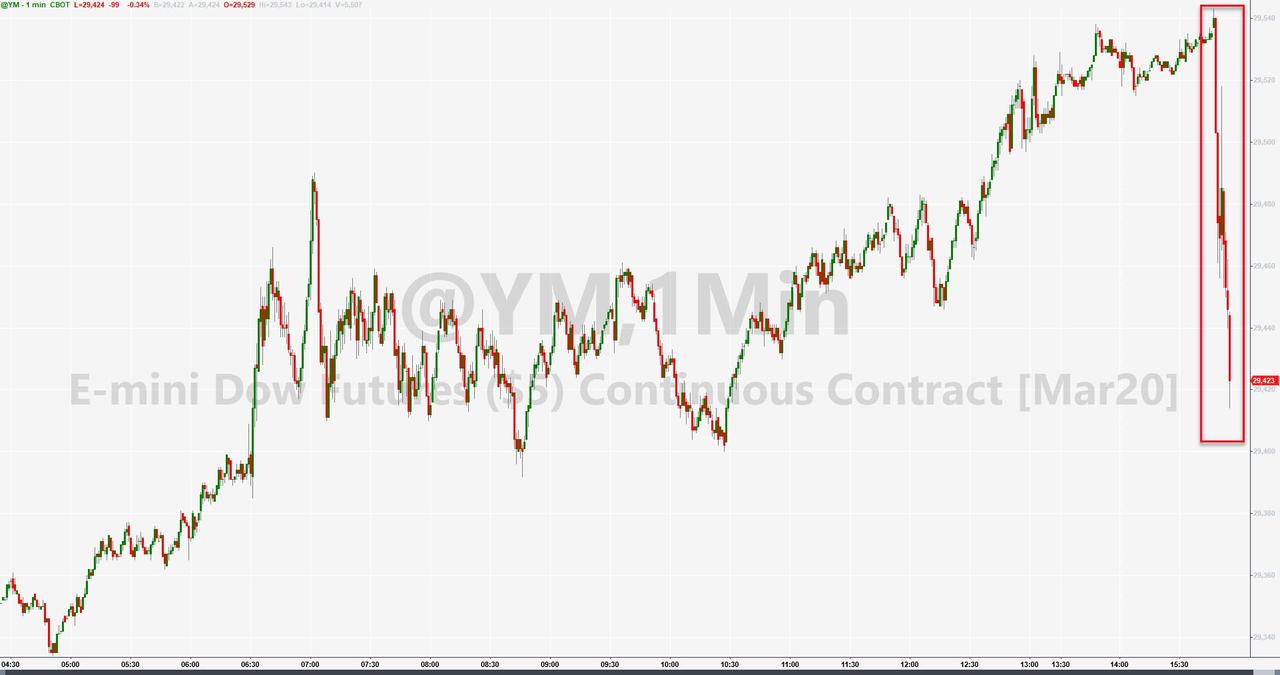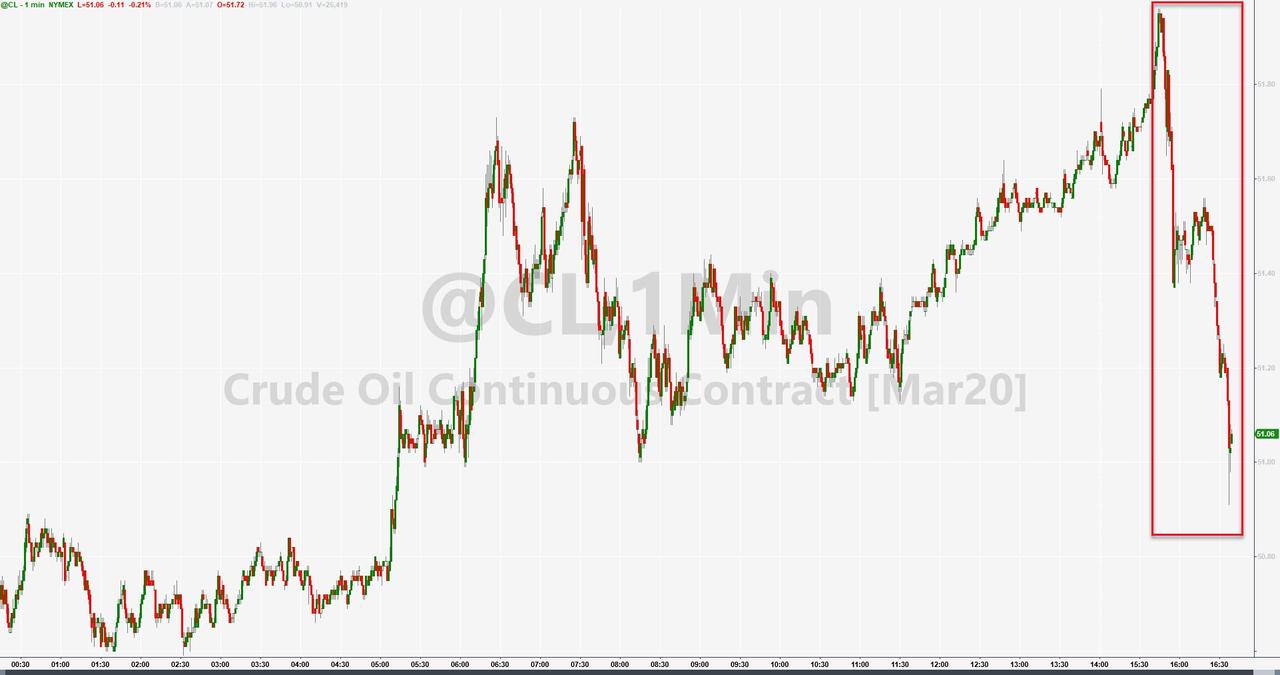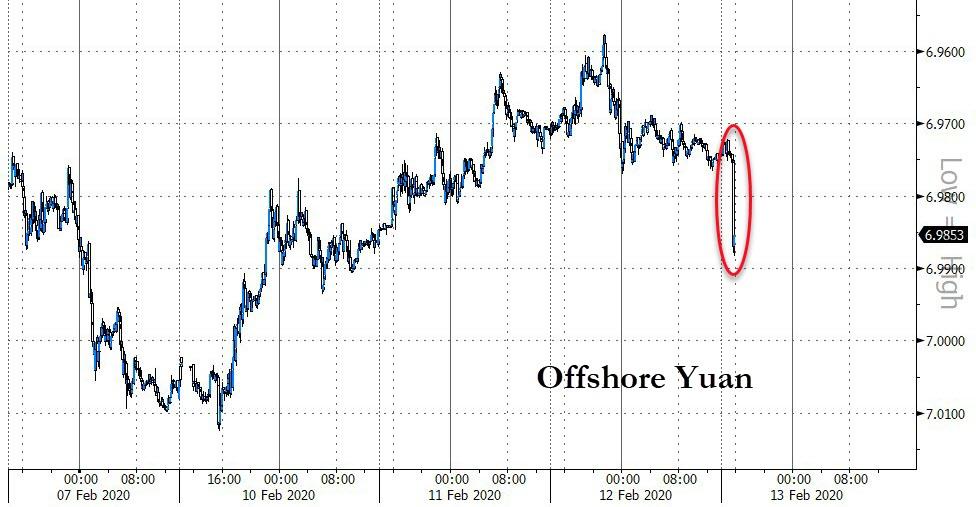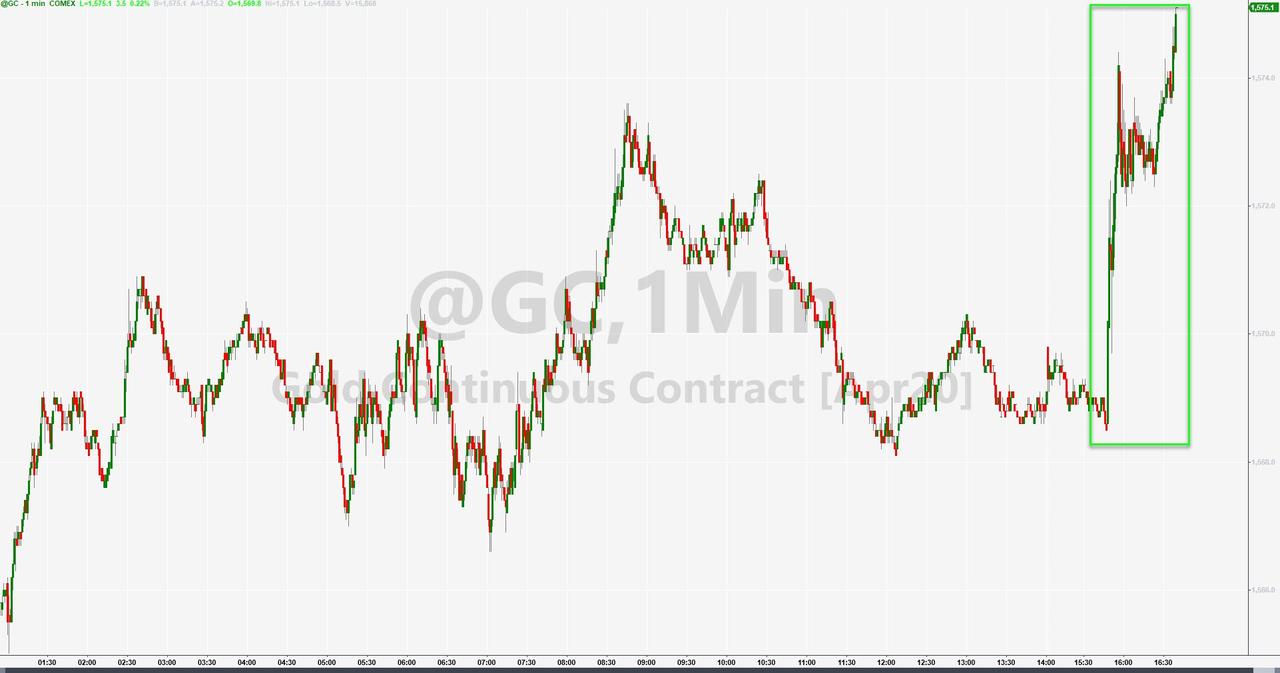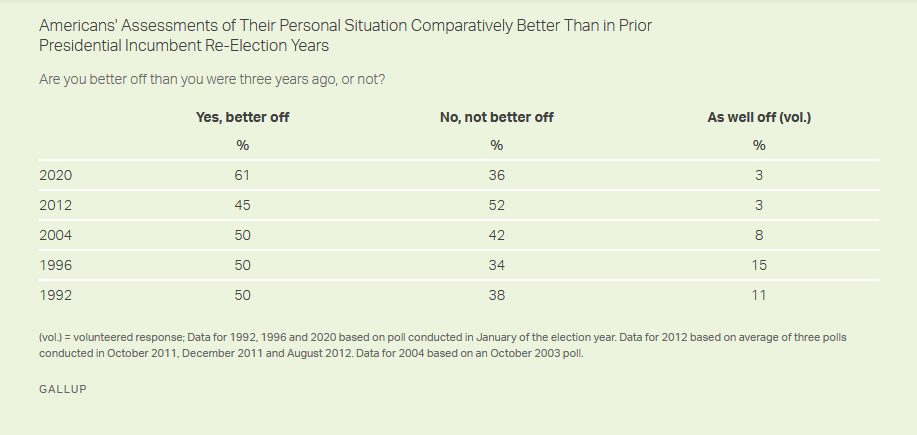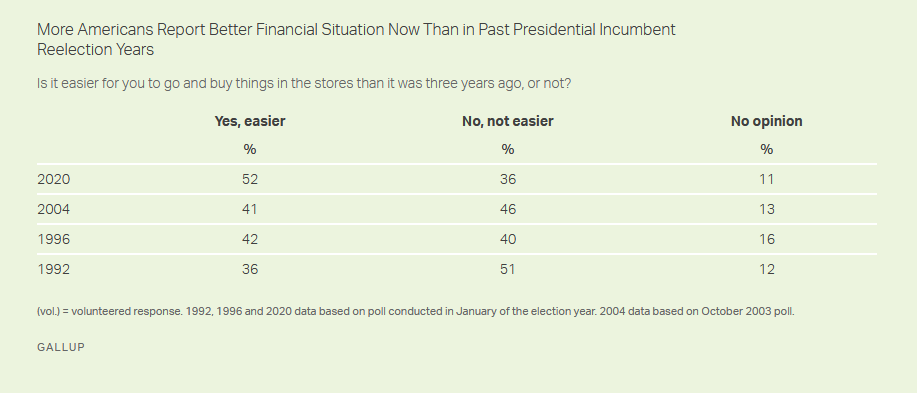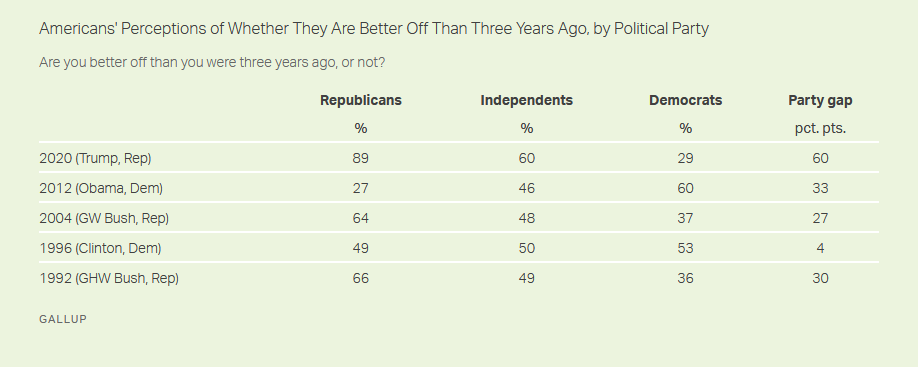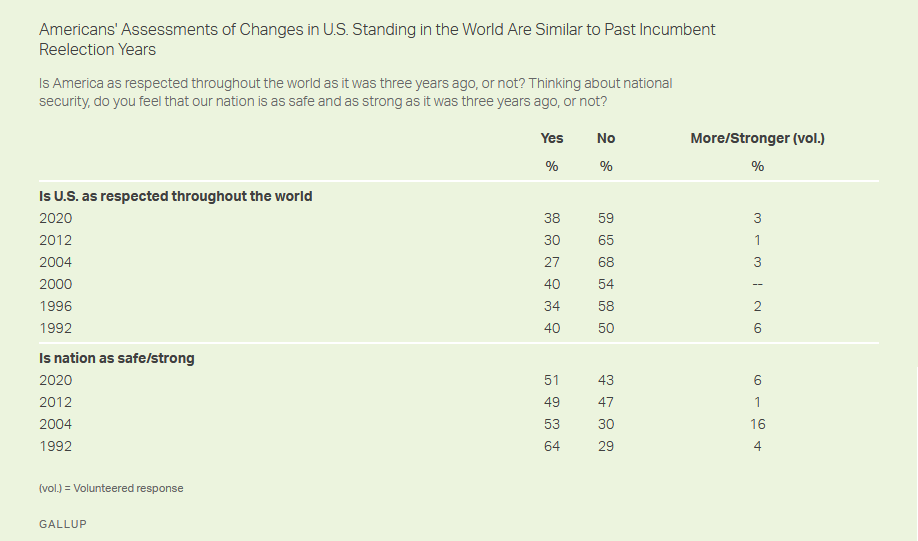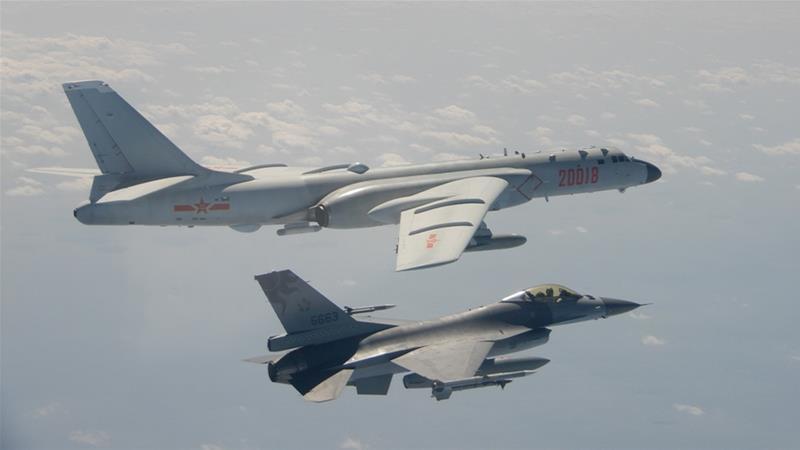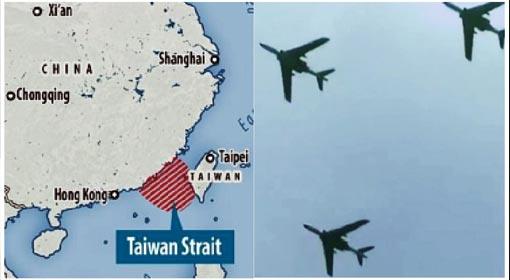Sudden Militarization Of Wuhan’s P4 Lab Raises New Questions About The Origin Of The Deadly Covid-19 Virus
The reported militarization of Wuhan’s P4 Lab has raised new questions about the origin of the Covid-19 virus and the apparent cover-up that has occurred since it was first made public.
Following the removal of the most senior health officials in Wuhan yesterday, Chinese State Media has just reported that Chen Wei, China’s chief biochemical weapon defense expert, is now to be stationed in Wuhan to lead the efforts to overcome the deadly, pneumonia-like pathogen.
According to the PLA Daily report, Chen Wei holds the rank of major general, and along with reports that Chinese troops have started to “assist”, it strongly suggests that the PLA has taken control of the situation.
As Epoch Times reports, before this latest report, Chen’s military rank and specialization was not widely known. She was first interviewed on Jan. 30 by the state-run China Science Daily. In a second interview the next day, she predicted that the outbreak in Wuhan would let up over the next few days, but could worsen again soon…
“We need to prepare for the worst-case scenario, find the best solutions, and be ready to fight the longest battle,” she said.
Amid constant propaganda from CCP officials, and widespread censorship, many – including US Senator Tom Cotton – have wondered if the virus was bio-engineered, and was ‘leaked’ from the lab (which just happens to be located at the epicenter ofg the virus).
The militarization, and bringing in of China’s foremost bio-weapons expert raises the question once again of whether the Wuhan Strain of coronavirus (Covid-19) is the result of naturally emergent mutations against the possibility that it may be a bio-engineered strain meant for defensive immunotherapy protocols that was released into the public, most likely by accident since China’s rate of occupational accidents is about ten-times higher than America’s, and some twenty-times more than Europe’s – the only other regions with high-level virology labs.
A new report – a product of a collaboration between a retired professional scientist with 30 years of experience in genomic sequencing and analysis who helped design several ubiquitous bioinformatic software tools, and a former NSA counterterrorism analyst – suggests that this possible mistake may have been precipitated by the need to quickly finish research that was being rushed for John Hopkin’s Event 201 which was held this past October and meant to gameplan the containment of a global pandemic. Research may also have been hurried due to deadlines before the impending Chinese New Year – the timing of these events point to increased human error, not a globalist conspiracy.
Beijing has had four known accidental leaks of the SARS virus in recent years, so there is absolutely no reason to assume that this strain of coronavirus from Wuhan didn’t accidentally leak out as well.
Given that this outbreak was said to begin in late December when most bat species in the region are hibernating and the Chinese horseshoe bat’s habitat covers an enormous swath of the region containing scores of cities and hundreds of millions people to begin with, the fact that this Wuhan Strain of coronavirus, denoted as Covid-19, emerged in close proximity to the only BSL-4 virology lab in China, now notoriously located in Wuhan, which in turn was staffed with at least two Chinese scientists – Zhengli Shi and Xing-Yi Ge (both virologists who had previously worked at an American lab which already bio-engineered an incredibly virulent strain of bat coronavirus) – the accidental release of a bio-engineered virus meant for defensive immunotherapy research from Wuhan’s virology lab cannot be automatically discounted, especially when the Wuhan Strain’s unnatural genomic signals are considered.
Zhengli Shi notably co-authored a controversial paper in 2015 which describes the creation of a new virus by combining a coronavirus found in Chinese horseshoe bats with another that causes human-like severe acute respiratory syndrome (SARS) in mice.
This research sparked a huge debate at the time over whether engineering lab variants of viruses with possible pandemic potential is worth the risks.
As Nature.com reported in 2015, the findings reinforce suspicions that bat coronaviruses capable of directly infecting humans (rather than first needing to evolve in an intermediate animal host) may be more common than previously thought, the researchers say.
But other virologists question whether the information gleaned from the experiment justifies the potential risk. Although the extent of any risk is difficult to assess, Simon Wain-Hobson, a virologist at the Pasteur Institute in Paris, points out that the researchers have created a novel virus that “grows remarkably well” in human cells.
“If the virus escaped, nobody could predict the trajectory,” he says.
In October 2014, the US government imposed a moratorium on federal funding of such research on the viruses that cause SARS, influenza and MERS (Middle East respiratory syndrome, a deadly disease caused by a virus that sporadically jumps from camels to people).
“The only impact of this work is the creation, in a lab, of a new, non-natural risk,” agrees Richard Ebright, a molecular biologist and biodefence expert at Rutgers University in Piscataway, New Jersey.
Ebright and his co-author also conceded that funders may think twice about allowing such experiments in the future.
“Scientific review panels may deem similar studies building chimeric viruses based on circulating strains too risky to pursue,” they write, adding that discussion is needed as to “whether these types of chimeric virus studies warrant further investigation versus the inherent risks involved”.
Previously, scientists had believed, on the basis of molecular modelling and other studies, that it should not be able to infect human cells. The latest work shows that the virus has already overcome critical barriers, such as being able to latch onto human receptors and efficiently infect human airway cells, he says.
“I don’t think you can ignore that.”
Which brings us to perhaps the most notable finding.
A genetic analysis of the spike-protein genes – the exact region that was bio-engineered by the UNC lab in 2015, where Zhengli Shi and Xing-Yi Ge previously isolated a batty coronavirus that targets the ACE2 receptor just like this 2019-nCoV strain of the coronavirus does – indicates an artificial and unnatural origins of the Wuhan Strain’s spike-protein genes when they are compared to the genomes of wild relatives.
Instead of appearing similar and homologous to its wild relatives, an important section of the Wuhan Strain’s spike-protein region shares the most genetic similarity with a bio-engineered commercially available gene sequence that’s designed to help with immunotherapy research. It is mathematically possible for this to happen in nature – but only in a ten-thousand bats chained to ten-thousand Petri dishes and given until infinity sense.
And so, as the report goes on, a scientist who’s been prolifically involved with studying the molecular interaction of coronaviruses and humanity, spending decades and millions of dollars, and having even helped build a hyper-virulent coronavirus from scratch at UNC – just so happens to be working at the only BSL-4 virology lab in China that also just so happens to be at the epicenter of an outbreak involved a coronavirus that’s escaping zoological classification and whose novel spike-protein region shares more in common with a commercial genetic vector than any of its wild relatives
However, most recently, as an increasing number of global experts questioned China’s initial official story that this came from the food market in Wuhan, Zhengli Shi hurriedly wrote a new report, claiming instead of the initial findings that the novel virus came from a bat in Yunnan, the Chinese chrysanthemum. She said that this was a new discovery that she had worked hard for several years, and coincidentally wrote a paper after the outbreak and published it in the famous international academic journal Nature.
Which all seems like a very sudden about face for someone who had been working on bio-engineering the exact virus for decades…
The reason why #CCP held on releasing info about #CoronavirusOutbreak
is that they were waiting for Dr. Shi Zhengli’s paper to be published at Nature so that they could claim bat is the origin. #COVID2019
中共推遲公佈 #武汉肺炎 疫情 是為等石正麗提交論文https://t.co/Su5odFacas— 曾錚 Jennifer Zeng (@jenniferatntd) February 12, 2020
Giving further credence to the idea that the Wuhan Strain was bio-engineered is the existence of a patent application that looks to modulate a coronavirus’ spike-protein genes – the precise region altered by Zhengli Shi at UNC to make a hyper-virulent strain of coronavirus, and whose alteration and adaptation would explain the Wuhan Strain’s unusual behavior as discussed above.
Given the above facts, either:
-
A coronavirus spontaneously mutated and jumped to humans at a wet market or deep in some random bat cave which just so happened to be 20 miles from China’s only BSL-4 virology lab, a virus with an unusually slippery never-before-seen genome that’s evading zoological classification, and whose spike-protein region which allows it to enter host cells appears most like a bio-engineered commercial product, that somehow managed to infect its first three and roughly one-third of its initial victims despite them not being connected to this market, and then be so fined-tuned to humans that it’s gone on to create the single greatest public health crisis in Chinese history with approaching 100 million citizens locked-down or quarantined – also causing Mongolia to close its border with its largest trading partner for the first time in modern history.
-
Or, Chinese scientists failed to follow correct sanitation protocols possibly while in a rush during their boisterous holiday season, something that had been anticipated since the opening of the BSL-4 lab and has happened at least four times previously, and accidentally released this bio-engineered Wuhan Strain – likely created by scientists researching immunotherapy regimes against bat coronaviruses, who’ve already demonstrated the ability to perform every step necessary to bio-engineer the Wuhan Strain 2019-nCov – into their population, and now the world. As would be expected, this virus appears to have been bio-engineered at the spike-protein genes which was already done at UNC to make an extraordinarily virulent coronavirus. Chinese efforts to stop the full story about what’s going on are because they want the scales to be even since they’re now facing a severe pandemic and depopulation event. No facts point against this conclusion.
And, following tonight’s huge jump in reported cases and deaths…
…we thought the admittedly doomsday-ish conclusion from harvardtothebighouse.com seemed worthwhile noting:
“Simply and horribly, this is likely to become another Chernobyl or Fukushima – a catastrophic illustration of mankind’s hubris and intransigence clashing with Nature, as fate again reaps a once unimaginably tragic toll.”
As Professor Neil Ferguson warned, “we’re at the eary stages of a global pandemic”
CORONAVIRUS: Professor Neil Ferguson states on the COVID-19 Outbreak “We’re at the eary stages of a global pandemic” (BBC News)#covid19 #coronavirus #coronavirusoutbreak pic.twitter.com/FzVVhO1U3T
— 24/7 Crisis News LIVE ☢ (@livecrisisnews) February 12, 2020
Let’s hope he is wrong.
Tyler Durden
Wed, 02/12/2020 – 21:25
via ZeroHedge News https://ift.tt/38lJN00 Tyler Durden
